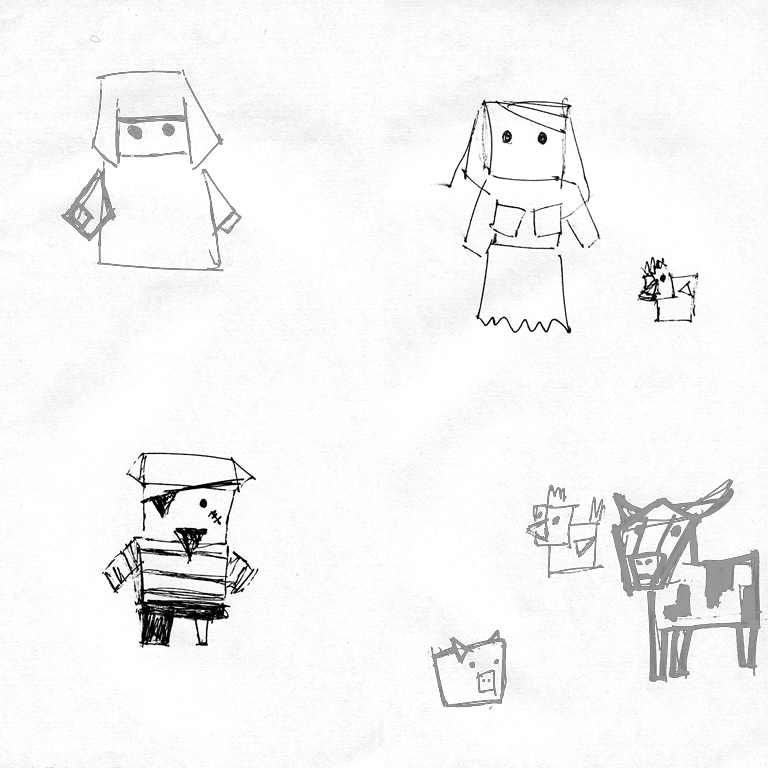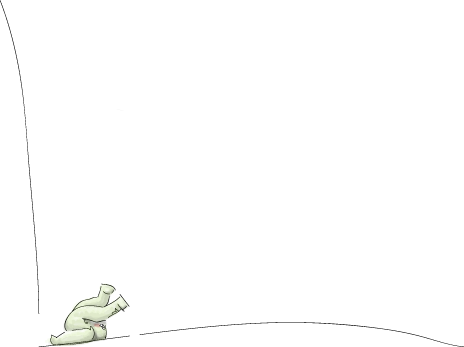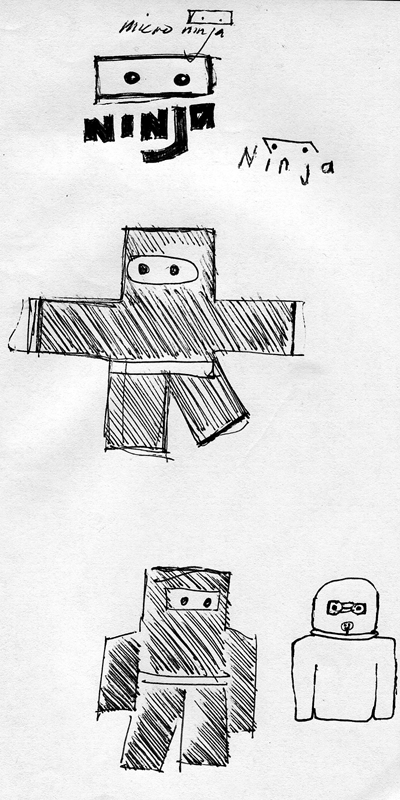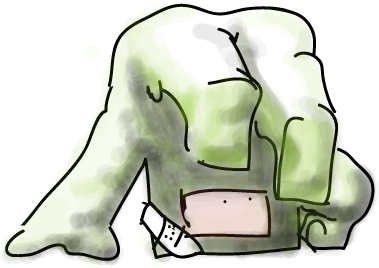« July 2010 | Main | December 2010 »
August 26, 2010
Fiftieth Birthday / Anniversary of Juan Valdez
Today is Juan Valdez's fiftieth birthday. His anniversary is being celebrated by the President of the Republic of Colombia, and by the Colombian Federation of Coffee Growers. El Espectador, one of Colombia's leading newspapers, has assembled the montage presented above, and is streaming the ceremonies live from the home page of its website. I've attempted to link to the livestream below.
Posted by Rafael Fajardo at 10:43 AM
August 25, 2010
futbol for majority world by minority world
Soccer season is about to begin for my U14 boys team. We play in the recreational division, and I have been working with the same group of boys since they formed as a U06 (six years old and under) team. Nike has been distributing high production value training tips on YouTube and now on its iPad App. It will be hard to resist sharing them with my team. Many of the members are trying to participate in two fall sports simultaneously, both american and world football.
As I have been gathering other resources to prepare for this season, I've found pointers to projects that are trying to share access to futbol — and to the ball in particular — with those who may not have the means. I neglect to point to the photography project that documents home-made balls in Africa, and the project that documents exuberantly created pitches with arial photos. These can be found with very little effort.
I'll leave a comparison also to the debate on Design Observer about "design imperialism":
- One World Ball via: Change Observer
- Fair Trade Soccer Ball manufactured by hand via: Fair Trade Sports
- Dream Ball aid package concept via: LovelyPackage.com via: GreenMuze via: Dezeen
- Instructables similar to the dream ball: Origami Juggling Ball and how to Weave a Greek Paper Football
- Mathematicians interested in geometry of footballs in particular the Telstar lineage models made from hexagons and pentagons.
- update: Soccket, the energy producing soccer ball.
Posted by Rafael Fajardo at 08:28 AM
August 13, 2010
Gestalt Theory. Design. Computer Science. Games.
Gestalt Psychology, Theory
these have been very important for visual and experiential perception for a century. They rely on a foundation of contrast or distinction between "figure" and "ground", presence and absence, sound and silence. I have taken this contrast to be meaningful or "meaning bearing" and so relate it to principals of semiotics. When these are taught from an arts heritage, they are often exercises with minimal forms, "primitives" – e.g. square, triangle, circle, only black, only white. The principles and properties are interpreted as tension, proportion, balance, depth (scalar), depth (overlapping or occlusion), depth (color in hue, lightness and saturation model), transparency (interpenetration of 2D forms), depth (variety of linear perspective strategies), movement, rhythm, pattern and texture (these last three through repitition of form). Historically these principles have been presented to eighteen year-old art students at the outset of their studies. I mentioned to Josh Fishburn that they are typically too abstractly presented for that learning cohort. It seems to take a great deal of preparation and reaffirmation to come to fully understand the Gestalt Analysis. Maybe that is why they have been presented at the beginning and reinforced throughout the processes. The educational method I outline in scheme above was taken from Gyorgy Kepes' Language of Vision. Kepes book is highly influential, and was itself informed by his work with Lazlo Moholy Nagy, who taught at the Bauhaus, and later at the Illinois Institute of Technology. Kepes taught at MIT after WWII. Kepes intersected with Nicholas Negroponte, Muriel Cooper, Seymour Papert, Marvin Minsky, and a host of others during his distinguished career at MIT.
Erica Liszewski has noted that Computer Science also has adopted some elements of Gestalt Theory. It would be interesting to see if this traces back to Kepes. Thanks go to Erica for the following summary taken from wikipedia (caveat emptor):
- Properties:
-
- Emergence
- Emergence is the process of complex pattern formation from simpler rules.
- Reification
- Reification is the constructive or generative aspect of perception, by which the experienced percept contains more explicit spatial information than the sensory stimulus on which it is based.
- Multistability
- Multistability (or multistable perception) is the tendency of ambiguous perceptual experiences to pop back and forth unstably between two or more alternative interpretations.
- Invariance
- Invariance is the property of perception whereby simple geometrical objects are recognized independent of rotation, translation, and scale; as well as several other variations such as elastic deformations, different lighting, and different component features.
- Principles:
-
- Law of Closure
- The mind may experience elements it does not perceive through sensation, in order to complete a regular figure (that is, to increase regularity).
- Law of Similarity
- The mind groups similar elements into collective entities or totalities. This similarity might depend on relationships of form, color, size, or brightness.
- Law of Proximity
- Spatial or temporal proximity of elements may induce the mind to perceive a collective or totality.
- Law of Symmetry (Figure ground relationships)
- Symmetrical images are perceived collectively, even in spite of distance.
- Law of Continuity
- The mind continues visual, auditory, and kinetic patterns.
- Law of Common Fate
- Elements with the same moving direction are perceived as a collective or unit.
- Views:
-
- Productive thinking
- is solving a problem with insight.
- Reproductive thinking
- is solving a problem with previous experiences and what is already known.
Kepes. Language of Vision. 1944 (original). On Google Books.
Posted by Rafael Fajardo at 12:00 PM
August 12, 2010
Cyber-Thoreau

I mentioned last week in our game salon that I feel farmed out. I have been playing seven different farm themed games on the iPad and in Facebook.
I also mentioned -- this week -- that every coffee plot in my Farmville game was harvested by hand. I didn’t make use of the virtual machinery that would speed up my farming. Mechanized harvesting is an offense against Juan Valdez, an aesthetic I hold dear. This brought on amused comments of “cyber-Thoreau” and “crazy luddite”.
The social aspect of these farm games, cow-clickers as Ian Bogost calls them, reminds me very much of cross-stitching or embroidery. I make great effort to create pleasing visual patterns. I’m encouraged to do so by prompts in the game and in the chrome -- the interface, so that others might find my farm attractive, and visit more often. This is a layer in addition to the mutual obligation relationship of the gift-economies (written about in great detail by "Afeeld").
I have envisioned a conceptual and actual performance work, where I play -- Farmville specifically -- as many different characters with the surname “Campesino”. The Campesino extended family would have the given names “Primero,” “Segundo,” “Tercero,” etc.... There could be geographically specific cousins with surnames like “Paisa,” “Opita,” or “Guajiro”. These Campesinos would work my farm in Farmville, “by hand”, and I would level up. They would each have a small, basic plot “neighboring” mine.
Earlier coverage by Bruce Sterling and "Afeeld"
Posted by Rafael Fajardo at 09:18 AM
August 07, 2010
Comics - 1 | Green Arrow
I have a visceral memory of a Green Arrow story where our hero was having a crisis of confidence in his skills. He undertook a journey, and consulted a zen master. The master advised our hero that his release must be as snow falling off a leaf of a tree. I was not yet ten when I read that, and now -- at forty-five -- I still hold that passage close.
Posted by Rafael Fajardo at 07:29 AM
August 03, 2010
Hula Girl and Pirate - sketch 01

Hula Girl and Pirate is a small, purposefully broken, game I've created to help teach game design and development to kids using Scratch. These were drawn on the same day as the ninja precursor sketch, in 2009. I rolled out Hula Girl and Pirate for a test drive at our workshop at ACM SIGCSE 2010 in Milwaukee.
Posted by Rafael Fajardo at 10:19 PM
August 02, 2010
Clumsiest Ninja - sketch 05

Posted by Rafael Fajardo at 08:35 AM
Clumsiest Ninja - precursor sketch 00

Micro-ninja sketch from 2009, a precursor to the Clumsiest Ninja. Drawn by me with an inset drawing by Diego.
Posted by Rafael Fajardo at 08:28 AM
August 01, 2010
Clumsiest Ninja - sketch 04

Posted by Rafael Fajardo at 07:30 PM
Clumsiest Ninja - sketch 03
Posted by Rafael Fajardo at 07:29 PM